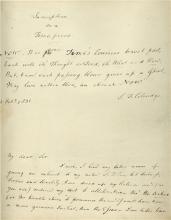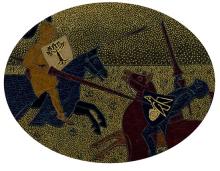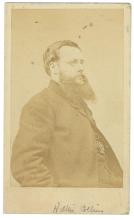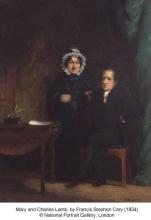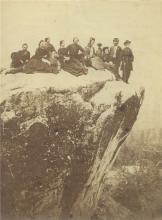Coleridge Varies his "Inscription on a Time-piece"
Submitted by Carolyn Vega on Thu, 09/15/2011 - 1:40pmSometime probably in the late 1890s, and unknown dealer or private collector assembled about 200 letters that were bound into volumes and titled "Sir Walter Scott: Letters of his Friends and Contemporaries." The letters aren't to, from, or even necessarily about Scott, but they provide an artifactual record of both his personal circles and the leading public figures of the day.

